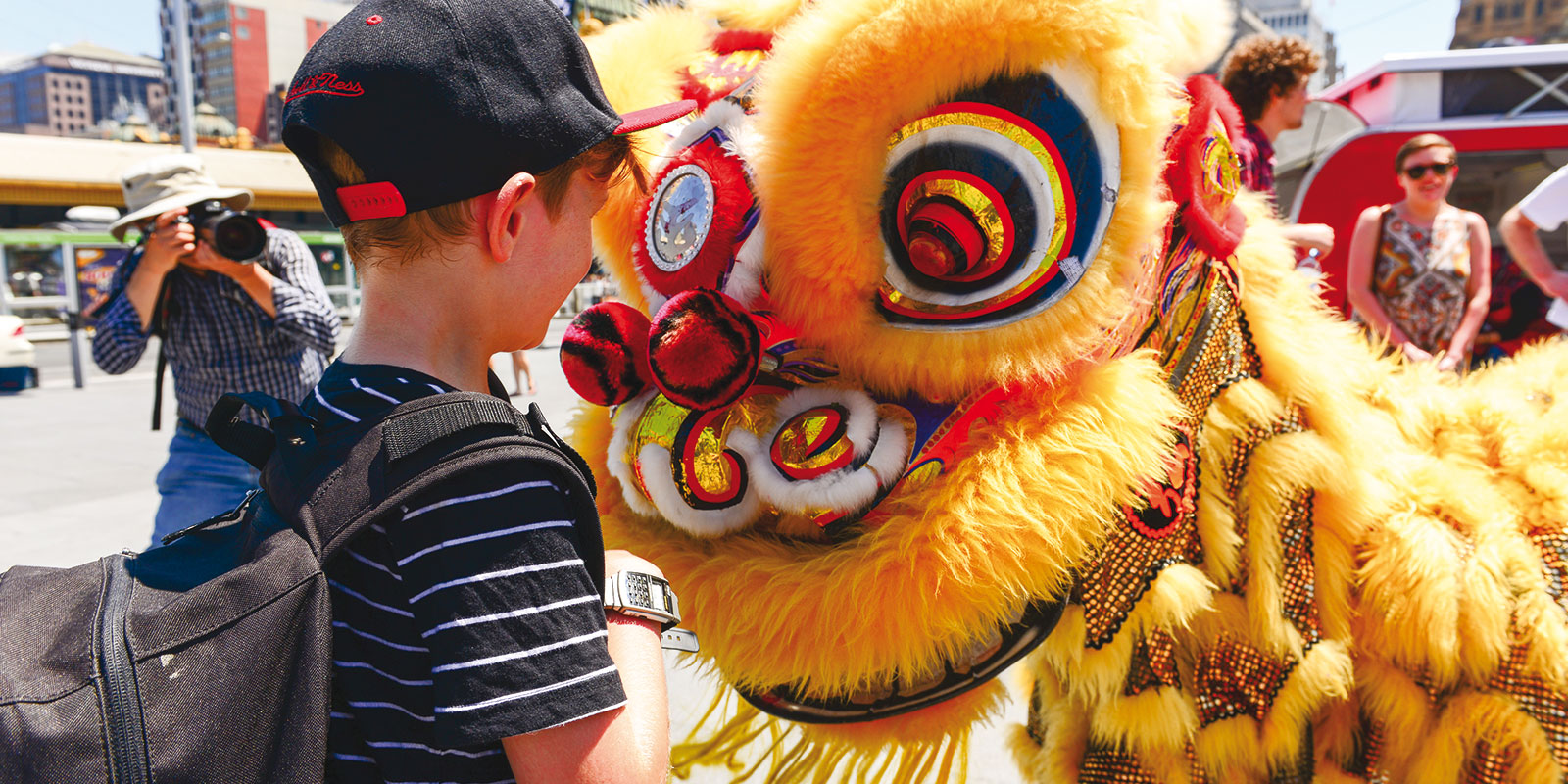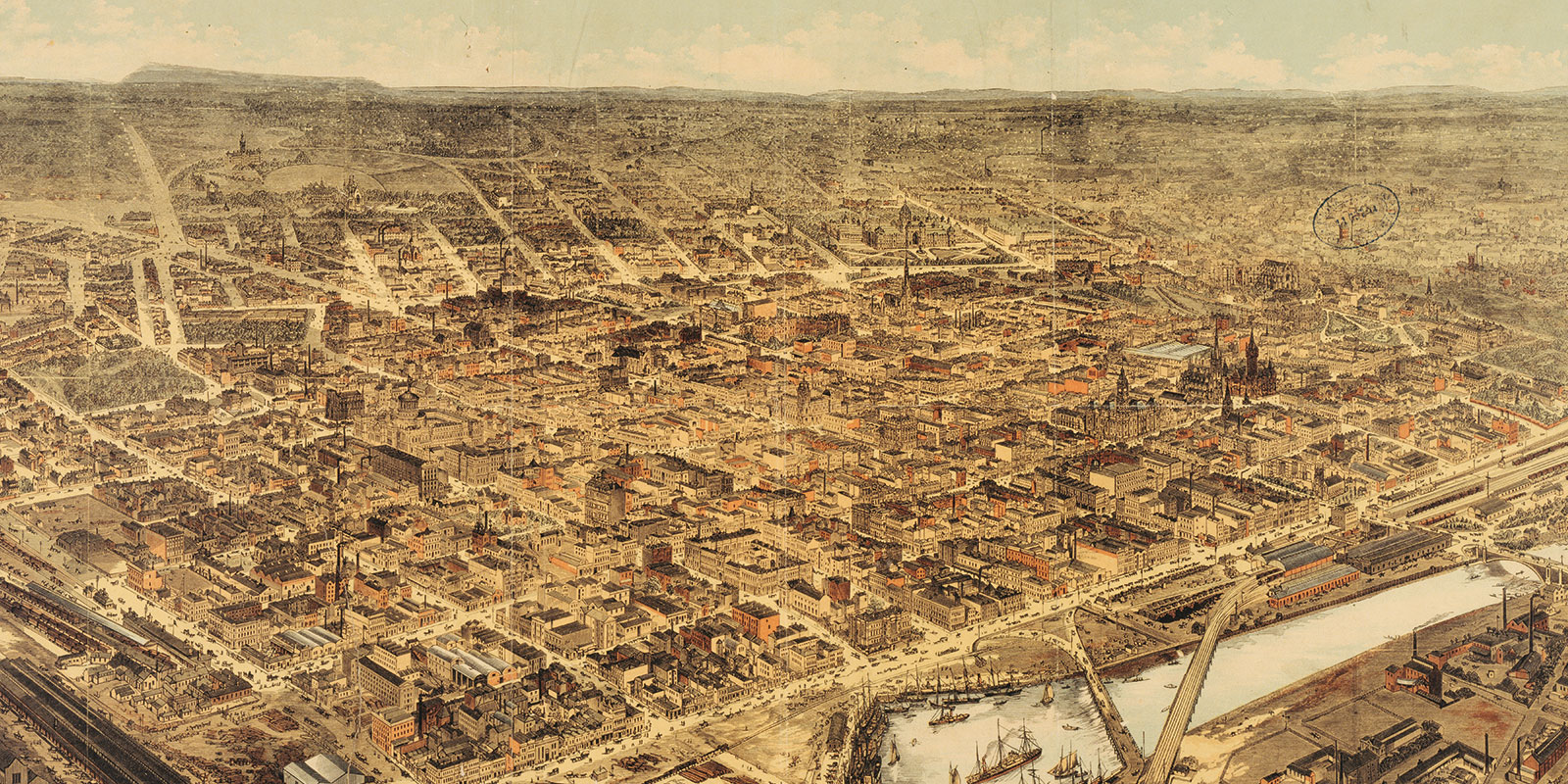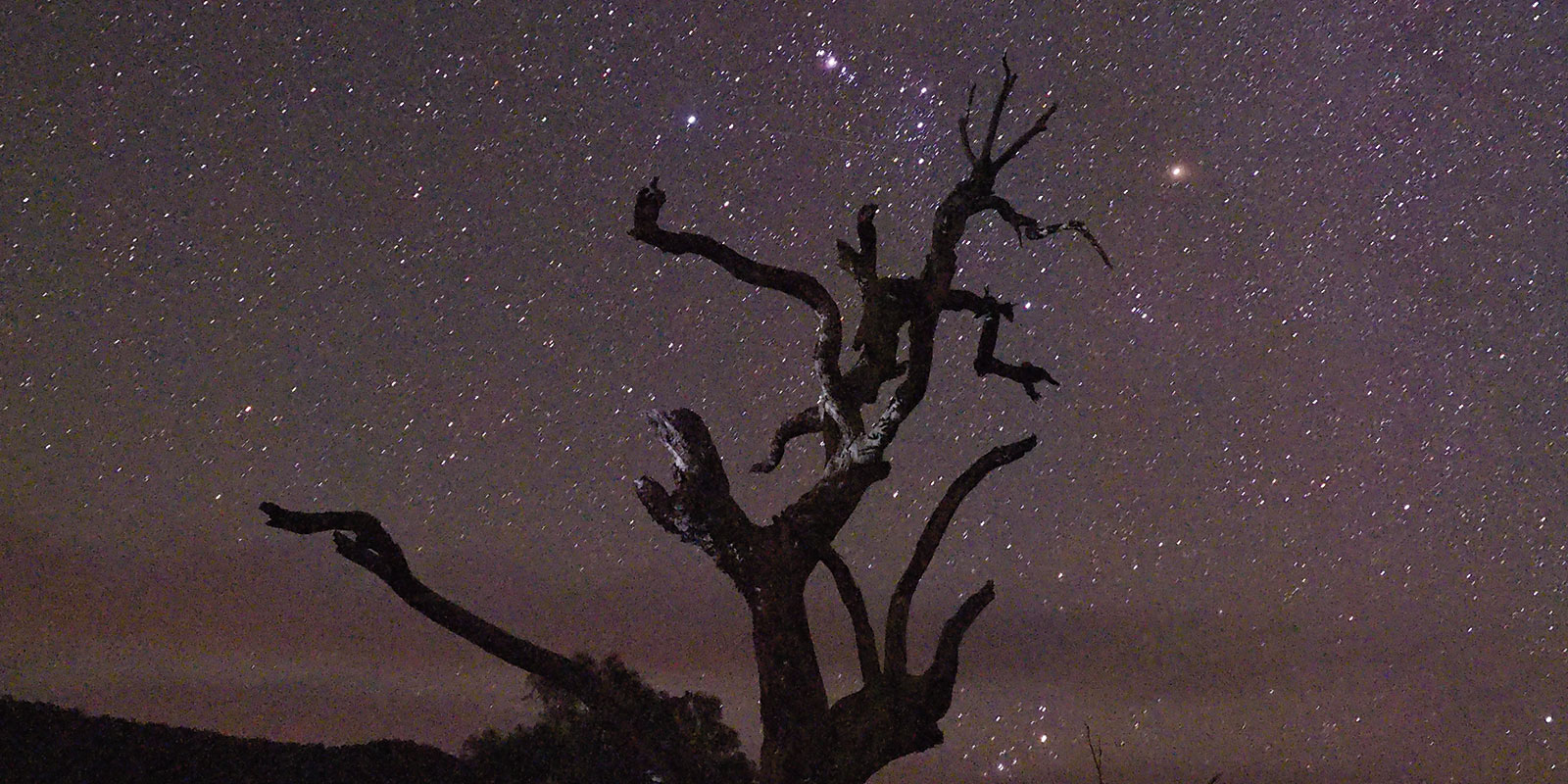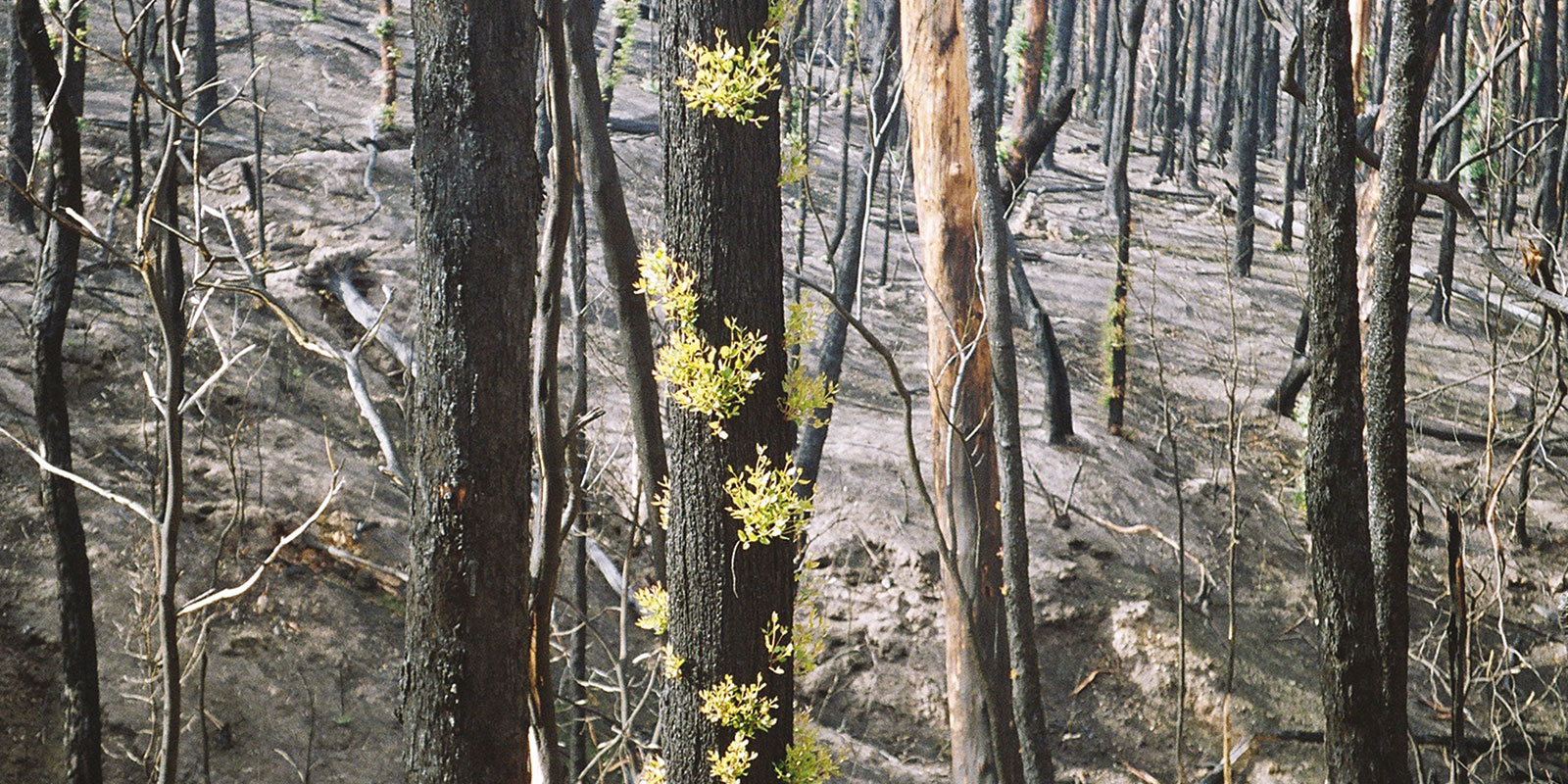When China’s President, Xi Jinping, addressed the Australian parliament in November 2014, he made special mention of one person: Colin Mackerras, Emeritus Professor at Griffith University and one of the world’s foremost China experts.
Power of the humanities
Explore stories about the social benefits and impact of the Humanities and the remarkable outcomes that can be achieved when humanities researchers collaborate on national and global challenges. Visit our Newsroom to explore stories about our people, community and research.
Every political theorist dreams of making a concrete impact on public life. The Australian National University’s (ANU) Philip Pettit has not only realised that ambition but has seen the philosophy he champions adopted wholesale by a European government.
Within a few years of arriving in Melbourne in 1849, John Maloney, an illiterate Irish labourer, had bought a small weatherboard cottage in the fast-growing city. He and his siblings decorated it with Staffordshire china, dined on chicken and beef, and fastened their clothes with carved bone buttons.
The story of the Maloneys—and their neighbours in the bustling working-class area known as ‘Little Lon’ (bordering Little Lonsdale Street)—has been pieced together from excavations in the Melbourne CBD. It forms a centrepiece of a permanent exhibition, The Melbourne Story, at the Museum of Victoria.
When historians and political scientists analyse long-running conflicts, the role of language is often overlooked. Yet language can be a primary cause of problems, particularly in multi-ethnic societies, as well as a powerful tool for resolving them.
It’s a hugely ambitious vision: a vast complex of trans-global trade routes rivalling the ancient Silk Road, along which camel trains hauled Chinese silk, spices and precious stones centuries ago.
Australian academics have developed an internationally recognised tool for defining the ‘creative economy’—and used the new methodology to establish that half a million Australians work in the dynamic sector, more than in mining and agriculture combined.
What if you could harness the power of supercomputers, along with the latest computer science techniques, to determine whether an unknown play was written by Shakespeare—then use the same methodology to diagnose cancer?
An 18th century shipwreck has revitalised a small coastal community by inspiring residents to explore their unique history and their cultural links with Europe and Asia—enriching their own lives while also boosting the local economy.
It’s a story that bridges nearly 14 billion years, linking insights from fields as diverse as astronomy, geology, anthropology, archaeology and physics.
They were an unlikely trio, but together poet Judith Wright, artist John Büsst and forest ecologist Len Webb waged a campaign that saved the Great Barrier Reef from being mined, culminating in its 1981 World Heritage listing.
A long-term partnership between academia and rugby league is transforming attitudes to sexual behaviour and violence, thanks to an approach now being adopted by other organisations including the Australian Defence Force (ADF).
Following the 2009 Black Saturday bushfires, survivors in the Yarra Valley hamlet of Steels Creek were tormented by three questions.
What, precisely, happened that day? How on earth could they make sense of events? And how could a tiny community where 10 people and two-thirds of homes had been lost ever manage to heal and go forward?







![Shakespeare-Cancer The Droeshout portrait of William Shakespeare, Martin Droeshout [public domain]](https://humanities.org.au/wp-content/uploads/2017/02/Shakespeare-Cancer.jpg)




